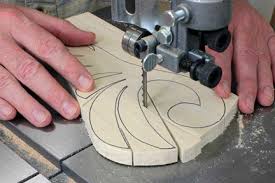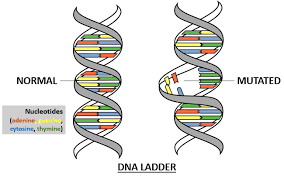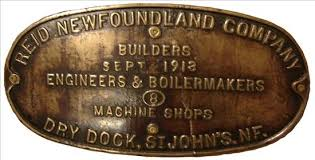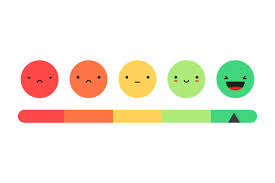J&J, Kenvue and the Jets.
I am a Jet Fan. Where I come from (NY), this is understood to mean a football fan of the NY Jets. In all other parts of the world, it means helical pieces of aluminum that cool an airplane motor. See how important words are? Which brings me to my real point, Johnson & Johnson is changing the brand name of its consumer products division to Kenvue.
Yes, Kenvue.
Johnson’s Baby Powder will now be called Kenvue Baby Powder or Johnson’s Baby Powder by Kenvue.
Apparently the pharmaceutical and devices part of the business is fast growing while the consumer products like Listerine and Tylenol are taking it on the chin from generics and store brands. Dilution of sales in the consumer brands is all the more reason to dial-up smart consumer brand strategy efforts. Doing the opposite is a recipe for failure. This move will accelerate revenue loss and hasten the death of this consumer products spin-off.
The pharma and device company, with much more targeted buyers, should get the new name not the other way around. I understand pharma medicine names are among the worst brand names in the hemi-verse, (Luboxi anyone?) but adding the Johnson & Johnson master brand will only help marginally. Make a clean break.
Here’s what I would do: Rename the consumer products J&J and use Johnson and Johnson (no ampersand) for pharma and devices. Simple. Maybe not approvable by the lawyers but at least it won’t blow up a perfectly brilliant consumer brand name.
Oh, back to Jet fan. Johnson & Johnson has nothing but great brand associations worldwide, unless you are a Jet fan.
Peace.










